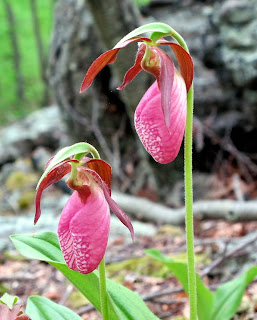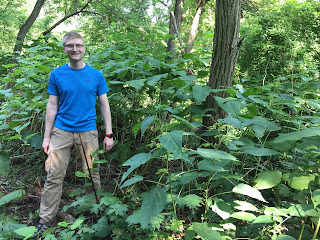“Happiness is like a butterfly, the more you chase it, the more it will evade you, but if you notice the other things around you, it will gently come and sit on your shoulder.”
-Henry David Thoreau
In late February, I traveled to Mexico to help launch the new Spanish-language Latin American edition of my conservation biology textbook. Omar Vidal, my co-author, is the former Director of World Wildlife Fund Mexico.
Omar and I at the publisher’s bookstore.
We had many media interviews, a formal presentation at the Mineral Palace (where Humboldt spoke in the early 1800s), and a party afterwards. The presentation included Martha Delgado (on left), Deputy Minister for Multilateral Affairs and Human Rights at the Ministry of Foreign Affairs, and Julia Carabias (on right), former Minister of the Environment and renowned Mexican environmentalist.
Book presentation at the Mineral Palace.
We visited the Art Museum to see the Diego Rivera murals. I also visited UNAM, the national university of Mexico, to present a talk and to learn about their research and conservation activities.
Diego Rivera’s poster about the dangers of Mexican folklore and tourism.
On the last day we visited the Monarch Butterfly reserve marveling at hundreds of thousands of butterflies covering the branches of fir trees. Unusually warm weather made the butterflies active, swirling between the trees. The butterflies are expected to leave the reserve within days to begin their journey north. There were unexpectedly large numbers of Mexican tourists.
Monarch butterflies at the El Rosario sanctuary (video).
The reserve is well-organized and easily accessible. Many foreign tourists have recently canceled trips to the area due to safety concerns, but the area felt very safe to us.
At the entrance to the reserve with Sergio Vallin (in the middle).
During this visit we were accompanied by Sergio Vallin, a guitarist with the popular Mexican rock band Mana.








